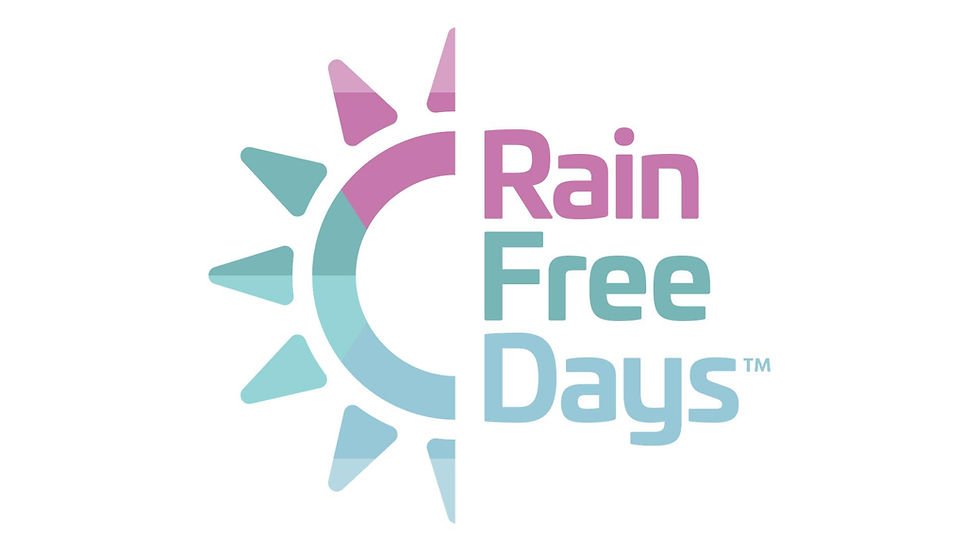Shaping a recruitment approach to fertility treatment relevant to all of us
- Cecilia Antonini
- Dec 15, 2022
- 2 min read
Updated: Dec 19, 2022
If you’re looking for fertility treatment in the UK involving egg or sperm donations, and your ethnicity is not entirely white, the chances are it could be a challenge.
In fact, a recent Human Fertilisation and Embryology Authority (HFEA) report cited by BBC News found that Asian egg and black sperm donors were under-represented by 50% compared with the population.
What this means is that some people desperately wanting to have a baby are faced with additional layers of stress and uncertainty: sometimes scouring the country for fertility clinics that might just have availability of the right ethnic match. If this doesn’t work, they may resort to obtaining a donation from abroad (which, according to the HFEA, can be very risky indeed), or settling for a donation provided by a donor from a different ethnic group altogether.
Set against this backdrop, we also know that demand is increasing - the number of babies born from donor eggs, sperm or embryos has risen by 64% over a 26 year period.
So when we started working with TFP Fertility this year, an early imperative was the need to consciously include race in our approach. Often overlooked in marketing - either because it’s simply not on the radar, or because it is deemed less important - it remains commonplace for non-white audiences to be neglected, but we’re blessed with a client team who want to move the dial.
The first step has been to make sure our digital recruitment campaigns keep this front of mind. Alongside a creative approach that has a ‘looks like me’ mantra (relevant to whatever ethnicity box you might tick), and a Search approach that has a ‘thinks like me’ mantra, we’re adapting how we structure campaigns and changing the way we assess their performance: designing them to swim, not sink. We’re carving out a recruitment programme that spans egg donation, sperm donation and IVF itself. It’s a programme that’s evolving all the time, with a positive embracement of ethnicity at its core.
So far the results are encouraging. Ads distinguished by ethnicity (five core groups in total) are more than holding their own and we’re waiting to see if that translates down the pipeline to live patient and donor stats as we hope and expect it to. For couples and individuals desperately wanting a baby, the stakes are high. We’re so proud to be doing our bit to help.




